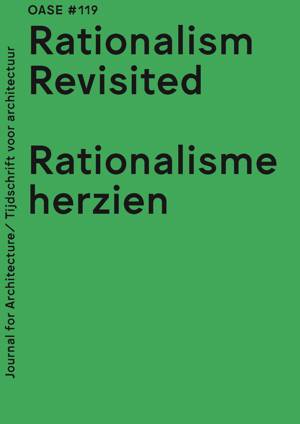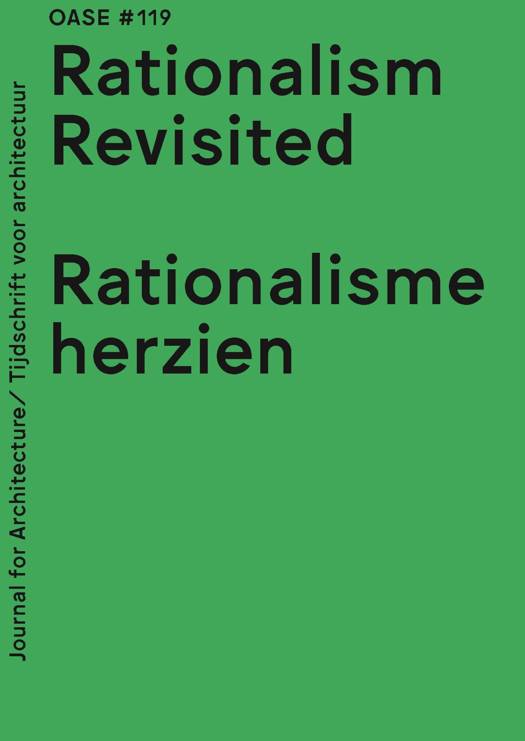
- Retrait gratuit dans votre magasin Club
- 7.000.000 titres dans notre catalogue
- Payer en toute sécurité
- Toujours un magasin près de chez vous
- Retrait gratuit dans votre magasin Club
- 7.000.000 titres dans notre catalogue
- Payer en toute sécurité
- Toujours un magasin près de chez vous
OASE Journal for Architecture # 119
Rationalisme herzien Rationalism revised
Description
- Examines the resurgence of the architect's role as a repairer of buildings
- What if the reusability of every element of a building was examined before it was used?
In the crisis following the First World War (1929 - 1940), the Modern Movement of the 1920s supported a programme of social reform. This included the rationalization and industrialization of building processes, while efficient forms of construction were also an important source of architectural form.
Nowadays, the need for economical building was based not only on purely financial considerations, but also on the limited availability of material and energy resources. In the process, ‘building’ increasingly becomes a practice of 'repairing'. Remodeling and building on represents a paradigm shift for the discipline of architecture, with architects having to reinvent themselves as bricoleurs, tinkerers or simply as repair experts. This requires not only the latest technology, but also age-old knowledge. Drawing on conversations between academics and practising architects, OASE 119 revisits the concept of rationality in architecture and explores how this shift is being addressed in different contexts.
Spécifications
Parties prenantes
- Editeur:
Contenu
- Nombre de pages :
- 128
- Langue:
- Néerlandais
- Collection :
- Tome:
- n° 119
Caractéristiques
- EAN:
- 9789462088979
- Date de parution :
- 16-12-24
- Format:
- Livre broché
- Format numérique:
- Trade paperback (VS)






